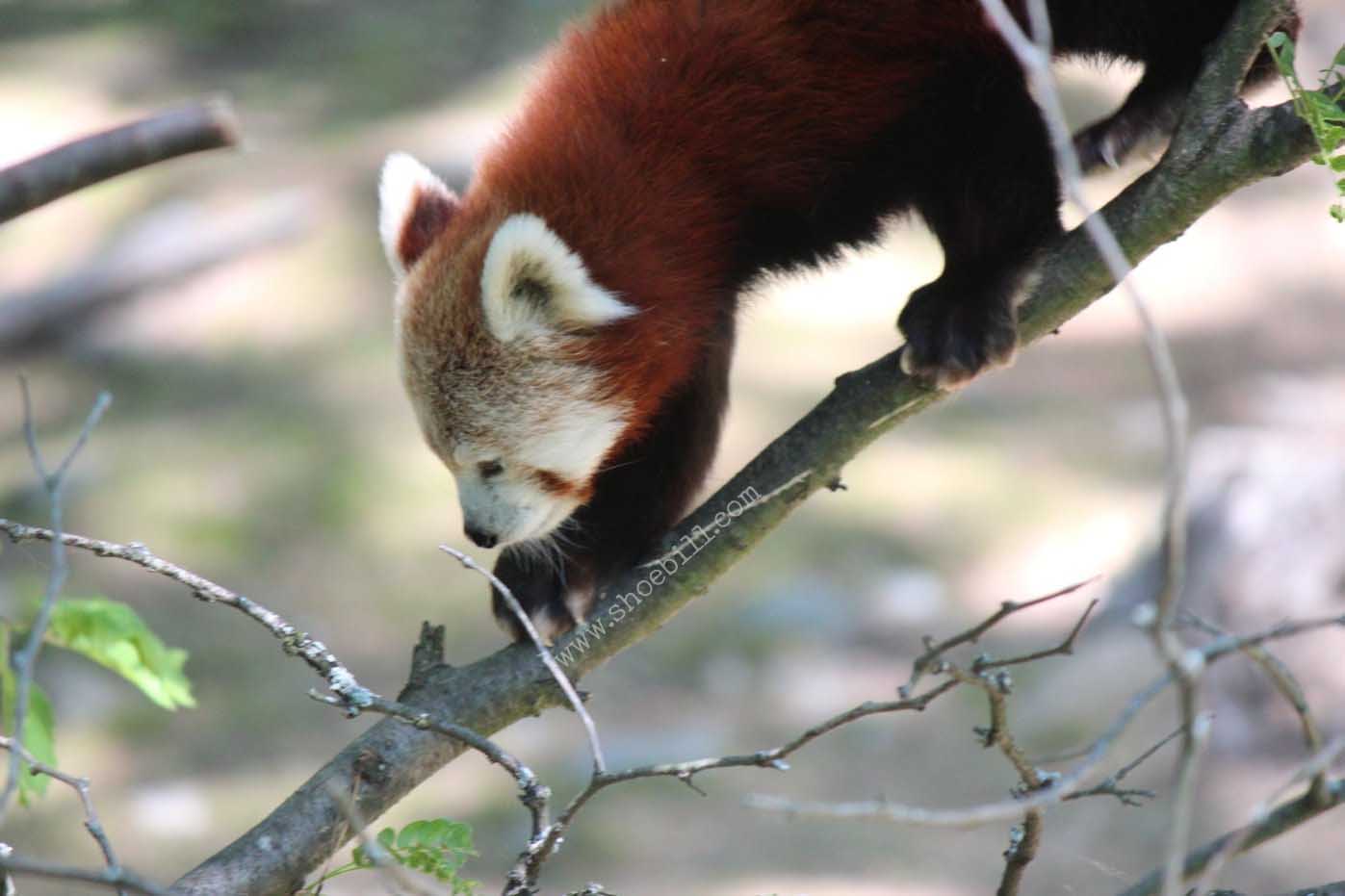The Red Panda

The red panda (Ailurus fulgens) is a small arboreal mammal native to the eastern Himalayas and southwestern China. Here’s a description of its distribution by country:
- Nepal: Red pandas are found in parts of Nepal, particularly in the mountainous regions of the eastern and central parts of the country. They inhabit temperate forests, bamboo forests, and rhododendron forests at elevations ranging from 2,200 to 4,800 meters (7,200 to 15,700 feet) above sea level.
- India: Red pandas are also native to certain parts of India, particularly in the states of Sikkim, West Bengal, Arunachal Pradesh, and Meghalaya. They are found in the eastern Himalayan region, where they inhabit similar forested habitats as in Nepal.
- Bhutan: Red pandas are present in Bhutan, where they inhabit forested areas in the Himalayan foothills. They are found in temperate forests and mixed forests at elevations ranging from 2,200 to 4,800 meters (7,200 to 15,700 feet) above sea level.
- China: Red pandas are native to southwestern China, particularly in the provinces of Sichuan, Yunnan, and Tibet. They are found in mountainous regions and forested habitats, including temperate forests and bamboo forests.
Red pandas are well-adapted to their arboreal lifestyle, with semi-retractable claws and a bushy tail that helps them balance on tree branches. They are primarily herbivorous, feeding on bamboo, fruits, berries, and small vertebrates. Despite their widespread distribution, red pandas face threats from habitat loss, habitat fragmentation, poaching, and climate change. Conservation efforts are underway in all countries where they are found to protect remaining populations and their habitats. This includes the establishment of protected areas, community-based conservation initiatives, and efforts to reduce human-wildlife conflicts.

